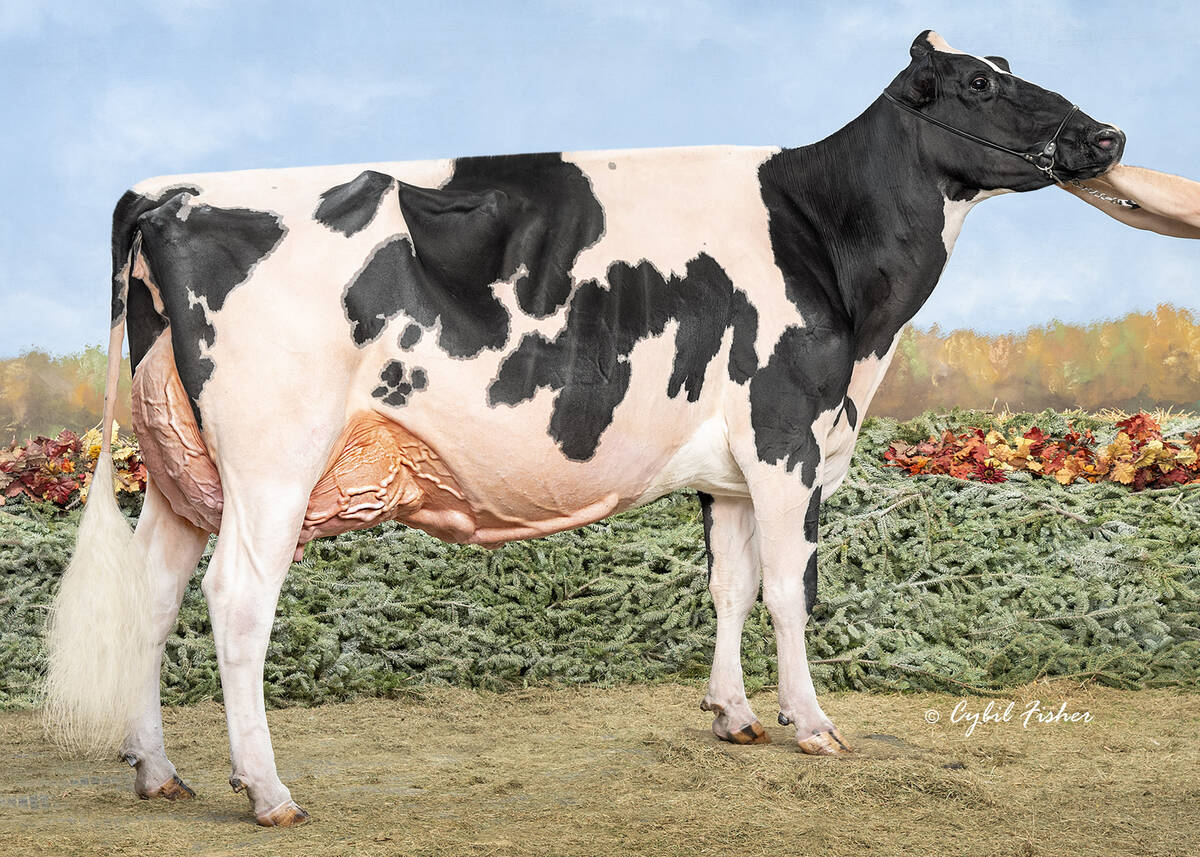Canadian seed growers are trying to turn a retreat by federal regulators into an advance in Canada’s reputation for quality grain.
The Canadian Seed Institute is taking over the job of accrediting and monitoring the players in the Canadian seed industry, a job formerly done by the federal government.
“As an industry, we think we can deliver quality assurance cheaper than Ag Canada could deliver a regulated quality control program. Ag Canada agrees with that,” said Lorne Johnson, president of the Canadian Seed Growers Association and a director of CSI.
Read Also

Saskatchewan dairy farm breeds international champion
A Saskatchewan bred cow made history at the 2025 World Dairy Expo in Madison, Wisconsin, when she was named grand champion in the five-year-old Holstein class.
The takeover occurs in July 1999, so the institute is preparing for the day.
It has held workshops to assist seed plants, laboratories and others to assemble the systems needed to meet the institute’s accreditation standards.
Jim McCullagh, the institute’s manager, said training workshops have been held this fall in several provinces.
Farmers who deal with seed growers and laboratories will notice little change, he said.
The operations already conform to the standards needed to meet the requirements of the federal seeds act. The main task of the plants and labs is to document what they do now to meet those standards. That documentation goes into a quality assurance manual.
Bonnie Anderson, president of the Commercial Seed Analysts Association and a director of CSI, said there is still some uncertainty in the industry about how much work goes into creating the quality assurance manual and the value of going through the process.
“It makes good business sense … . It is the way industry is going internationally. It is more work, but the efficiency that results from it compensates for it.”
The improvement in operations comes from the fact that management has to review all the protocols and systems that go into their company’s manual. They might see a better way to do things and make a change, she said.
Once created the manual must be followed, so management must ensure employees know the importance of following protocol.
“It encourages you to have training processes in place, whether it is a half day of instruction, or if people are away from the job for a month you review the changes that have taken place,” she said.
Once the quality assurance manual is in place, once every two years registered facilities will have to bring in trained assessors accredited by CSI, said Johnson, who has a seed plant at Eston, Sask.
The Canadian Food Inspection Agency of Agriculture Canada will maintain a watchdog role, monitoring the activities of CSI to ensure the people it accredits meet the standards.
He said the new system should help the industry adapt to changing technological and commercial advances.
“Markets are being developed every day in niche areas … . In biotechnology we are just seeing the tip of the iceberg in what is going to happen in one or two decades. All that stuff has to have a quality assurance system attached to it to keep it segregated.”
Segregation requires an audit trail to ensure and give proof that a product’s identity has been preserved through special handling apart from other grain.














